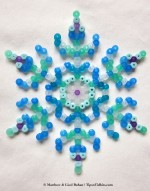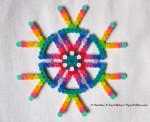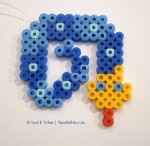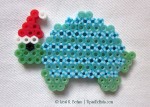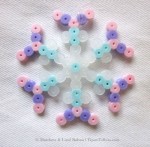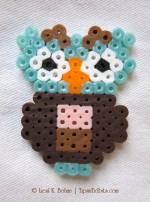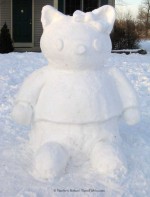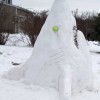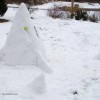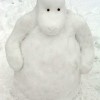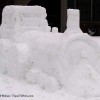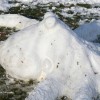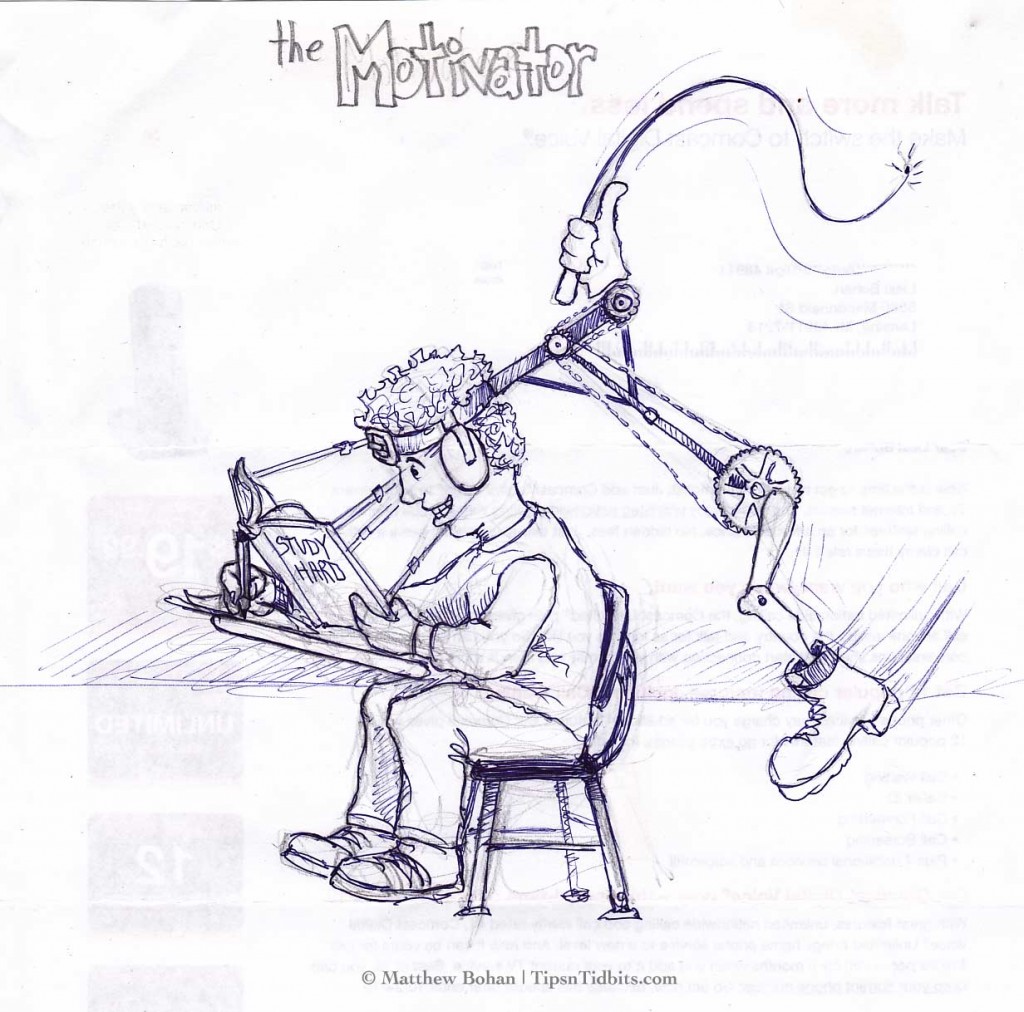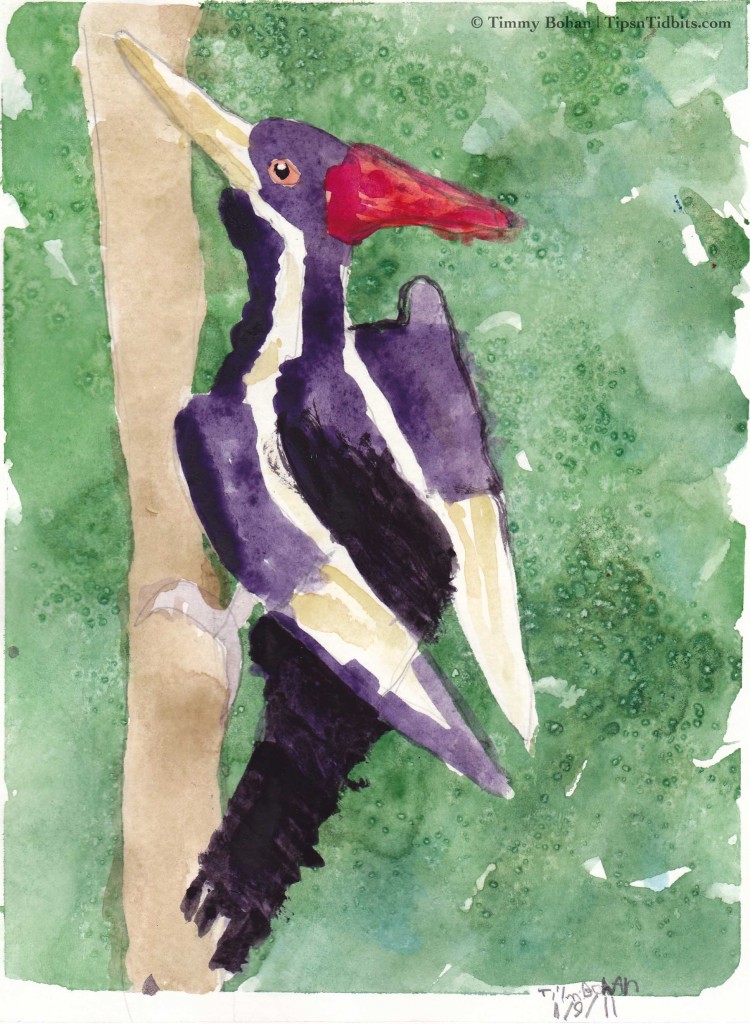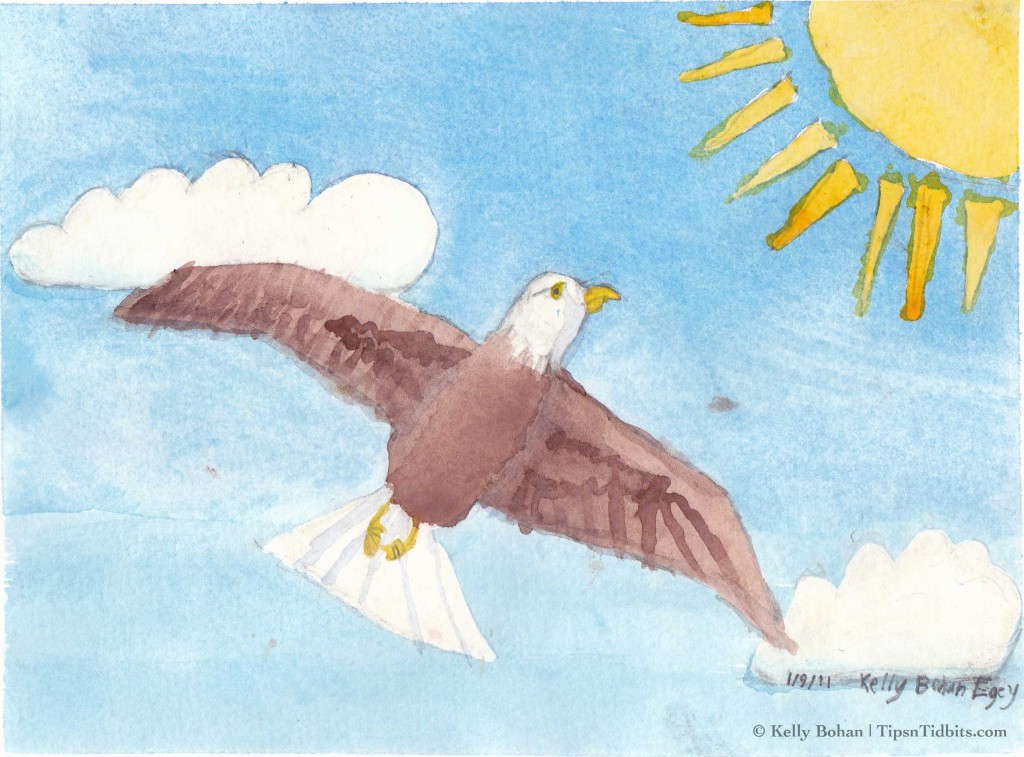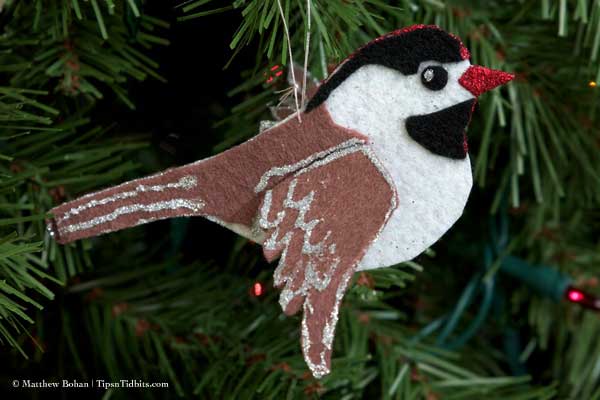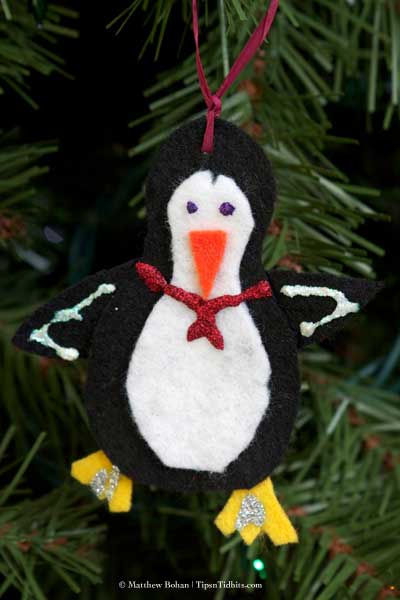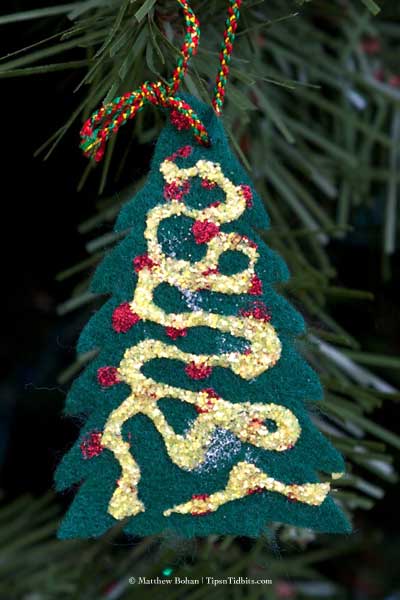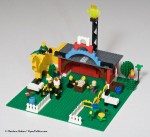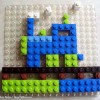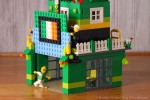Here are some of the reasons why we advocate for reducing screen time for children. These articles represent just a small sample of what’s available on this topic.
Negative Health Results from Viewing Some Television Shows
Excerpted from AAP policy statement on Children, Adolescents, and Television
Although there are potential benefits from viewing some television shows, such as the promotion of positive aspects of social behavior (eg, sharing, manners, and cooperation), many negative health effects also can result. Children and adolescents are particularly vulnerable to the messages conveyed through television, which influence their perceptions and behaviors. Many younger children cannot discriminate between what they see and what is real. Research has shown primary negative health effects on violence and aggressive behavior; sexuality; academic performance; body concept and self-image; nutrition, dieting, and obesity; and substance use and abuse patterns.
Effects of TV on Children: Too Much Screen Time Linked to Obesity, Behavioral Problems and More
Abridged excerpt from MayoClinic.com
The American Academy of Pediatrics recommends limiting a child’s use of TV, movies, video and computer games to no more than one or two hours a day. Too much screen time has been linked to the following: obesity, irregular sleep patterns, behavioral problems, impaired academic performance and reduced active play time. Read more
More Screen Time and Less Activity Can Mean More Distress
Health risk behaviors have increasingly been linked to psychological distress in children and adolescents. As part of the 2003 Scottish Health Survey of nearly 1,500 children aged 4 to 12 years and their parents, researchers from the University College London looked at the association between television/screen entertainment viewing time, physical activity levels and psychological distress.
Higher amounts of TV/screen time were associated with lower physical activity rates. Both higher screen time and lower physical activity rates were linked with higher odds of psychological distress, including emotional symptoms, conduct problems and peer relationship problems. The authors concluded that public health policy should focus on reducing sedentary time and maintaining sufficient physical activity levels in younger children.
Related Articles
- Children, Adolescents, and Television
AAP Policy, PEDIATRICS Vol. 107 No. 2 February 2001, pp. 423-426 - How TV Affects Your Child
KidsHealth.org - Children, Adolescents, and Advertising
AAP Policy, PEDIATRICS Vol. 118 No. 6 December 2006, pp. 2563-2569 (doi:10.1542/peds.2006-2698); a statement of reaffirmation for this policy was published on July 1, 2010. - Children, Adolescents, and Advertising
PEDIATRICS Vol. 95 No. 2 February 1995, pp. 295-297 - Children and TV: Limiting your child’s screen time
MayoClinic.org - Fitness for kids: Getting children off the couch (Hint: step 2 is “limit screen time”)
MayoClinic.org
Note: the American Academy of Pediatrics is an organization of 60,000 primary care pediatricians, pediatric medical subspecialists and pediatric surgical specialists dedicated to the health, safety and well being of infants, children, adolescents and young adults.
© Liesl K. Bohan | TipsnTidbits.com

